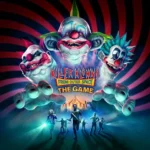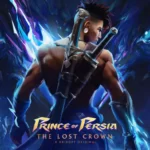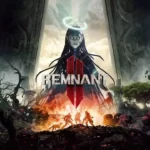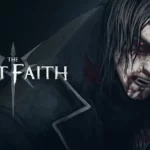Prince of Persia: The Lost Crown, developed by Ubisoft Montpellier, marks a significant departure from the typical open-world formula associated with Ubisoft games. Instead, the developers have crafted a 2D side-scrolling Metroidvania, breathing new life into the iconic Prince of Persia series. This review aims to delve deeper into the various facets of the game, exploring its narrative, gameplay mechanics, visual design, and performance across different platforms.
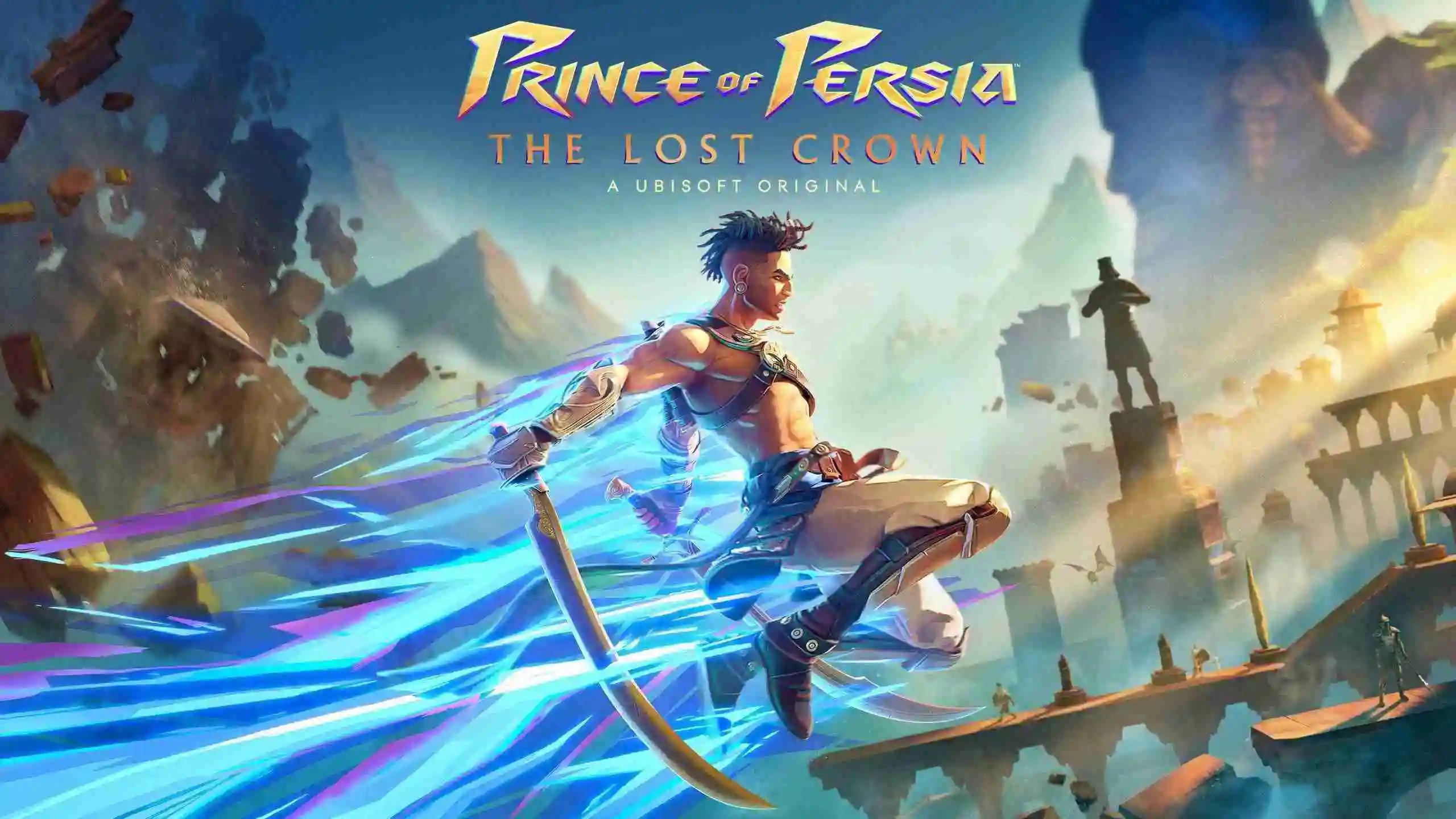
Narrative Exploration in Prince of Persia: The Lost Crown
The Lost Crown introduces players to Sargon, a member of the elite Immortals, tasked with rescuing Prince Ghassan after his abduction. The game unfolds within the enigmatic confines of Mount Qaf, a labyrinthine fortress where time itself appears to bend and twist. As players progress, they uncover layers of narrative intricacies that blend history and mythology, creating a captivating backdrop. The protagonist’s affiliation with the Immortals, inspired by the historical Persian heavy infantry unit, adds a compelling dimension to the storyline.
The fusion of political intrigue, magical elements, and time-travel themes enriches the narrative, reminiscent of classic Prince of Persia titles. The decision to shift the protagonist away from the titular prince is a bold move that pays off, offering players a fresh perspective through the eyes of Sargon. The unfolding tale, with unexpected betrayals and surprising twists, keeps players engaged, although there is room for improvement in terms of storytelling depth.
Also Read: Portal Revolution Review – A Fan Made Adventure In The World Of Portals
Metroidvania Design and World Exploration of Prince of Persia: The Lost Crown
The Lost Crown adopts the Metroidvania genre, blending elements of exploration, intricate platforming, and character progression. The game presents Mount Qaf as a sprawling, interconnected map, encouraging players to revisit areas with newfound abilities. The Metroidvania design allows for a sense of continuous discovery, with previously inaccessible areas becoming reachable as Sargon acquires new powers.
The sheer size of the game world, detailed through various biomes, secrets, and shortcuts, provides a sense of awe and immersion. While the backtracking required in certain sections might be perceived as a drawback, the overall design keeps players motivated to explore and unveil the secrets of Mount Qaf. The inclusion of a comprehensive signpost system, allowing players to capture and revisit key locations, showcases Ubisoft’s commitment to respecting players’ time.
Fluid and Satisfying Platforming
The brilliance of The Lost Crown lies in its ability to transform seemingly standard platforming abilities into a source of exhilarating joy. Although the powers bestowed upon Sargon may not be groundbreaking, the execution of these abilities elevates the platforming experience. The fluidity of Sargon’s movements, coupled with reasonable cooldowns on powers, ensures that even challenging puzzles do not result in frustrating repetition.
The level designers deserve accolades for creating intricate platforming sequences, each requiring a dance of precise button presses. Noteworthy puzzles, such as those involving ghost doubles navigating complex sequences, demonstrate the game’s commitment to providing challenging yet gratifying experiences. The game’s platforming segments mirror the mechanics found in classic Metroidvanias, emphasizing the importance of mastering skills progressively.
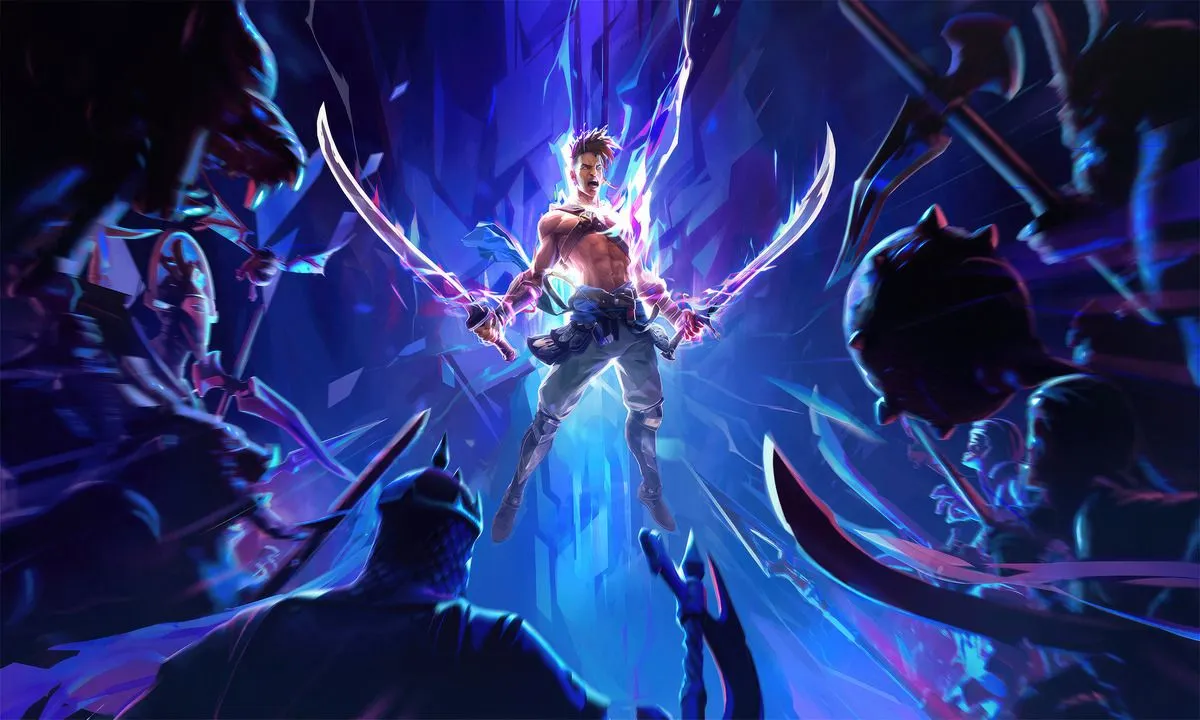
Engaging and Complex Combat System
Combat in The Lost Crown mirrors the complexity found in Metroidvania games, drawing parallels with the challenges posed by soulslike titles. Players must not only memorize enemy attack patterns but also leverage Sargon’s expanding toolkit to succeed. The combat system evolves organically, introducing extended ground attacks, air combos, and specialized amulets with unique properties.
Boss encounters stand out as the pinnacle of combat challenges, requiring players to synthesize their acquired abilities seamlessly. The introduction of combat-focused abilities, such as healing waves and powerful thrusts, adds depth to the system. However, some players may find that certain combat abilities lack the variety needed to warrant regular use. Despite this, the combat remains a highly rewarding aspect of The Lost Crown, reinforcing the game’s theme of growth and mastery.
Visual Design and Technical Achievements
While The Lost Crown does not push the boundaries of cutting-edge visuals, its design choices result in a visually striking and cohesive experience. The art style, featuring painterly environments and detailed backdrops, compensates for character models that some might find playdough-esque. The game’s performance across different platforms showcases Ubisoft’s meticulous optimization efforts.
Surprisingly, The Lost Crown utilizes the Unity Engine, a departure from Ubisoft’s typical use of internal technologies like the UbiArt Framework. Despite potential concerns, the visual makeup, including models, textures, and lighting, proves effective in conveying a strong aesthetic. The absence of ray tracing or cutting-edge visual effects does not detract from the game’s overall appeal. The native 4K resolution and 120 frames per second on current-gen consoles contribute to a visually pleasing experience.
Also Read: A Plague Tale: Innocence Trophy Guide – A Heartfelt Journey Through Challenges And Triumphs
Platform Performance and Accessibility
The Lost Crown’s multi platform release spans current-gen consoles, last-gen consoles, Nintendo Switch, and PC. The game’s performance on PlayStation 5 and Xbox Series X, supporting 4K at 120 frames per second, showcases the technical prowess of the development team. The Switch version, while making visual compromises, impresses with 1080p60 in docked mode and 720p60 in portable mode.
The inclusion of a robust suite of accessibility options, from adjusting parry window timing to fine-tuning health parameters, reflects Ubisoft’s dedication to player inclusivity. The innovative signpost system, allowing players to attach in-game screenshots to the map, enhances navigation and reduces potential frustrations associated with Metroidvania backtracking.
Conclusion
Prince of Persia: The Lost Crown emerges as a Metroidvania masterpiece, breathing new life into the iconic franchise. Ubisoft Montpellier’s decision to depart from the open-world formula results in a focused and polished experience. The narrative, while engaging, could benefit from deeper exploration, but the game compensates with its fluid platforming, engaging combat, and visually striking design. The use of the Metroidvania framework, combined with the expansive and interconnected world of Mount Qaf, creates a game that encourages exploration and rewards player skill.
The Lost Crown’s success extends to its technical achievements, with optimized performance across various platforms. Ubisoft’s choice of the Unity Engine, while unexpected, demonstrates the versatility of the engine when coupled with thoughtful design. The game’s accessibility features and innovative navigation tools further contribute to a player-friendly experience.
As The Lost Crown marks a departure from Ubisoft’s recent trends, one can hope that its success encourages the company to explore diverse gaming experiences. Prince of Persia: The Lost Crown stands as a testament to the enduring appeal of the Metroidvania genre, showcasing that even established franchises can find new life through thoughtful innovation and design.
FAQs for Prince of Persia: The Lost Crown
Who is the protagonist in The Lost Crown?
Sargon, an elite Immortal, takes the lead in the quest to rescue Prince Ghassan.
What sets The Lost Crown apart in terms of gameplay?
Innovative platforming, engaging combat, and a rich Metroidvania design contribute to a unique gaming experience.
How does the game perform on different platforms?
Current-gen consoles boast 4K at 120fps, while the Switch impresses with 1080p60 in docked mode.
What makes the narrative of The Lost Crown intriguing?
The game blends history, mythology, and time-travel themes, keeping players engaged with unexpected twists.
Are there accessibility features in The Lost Crown?
Yes, a robust suite of options caters to player preferences, enhancing inclusivity.



